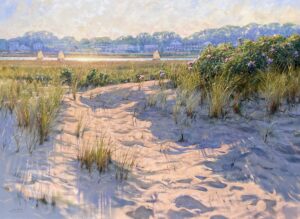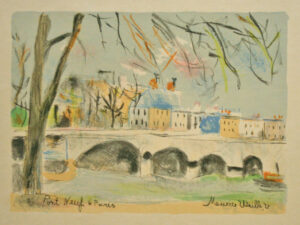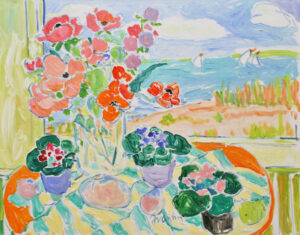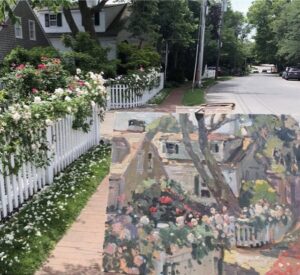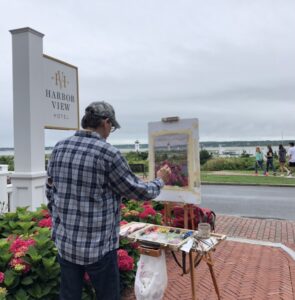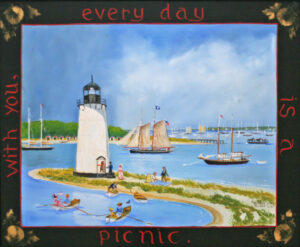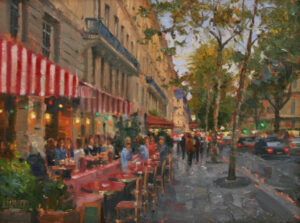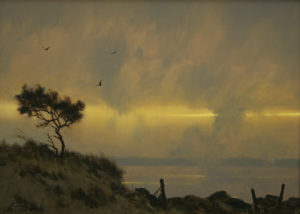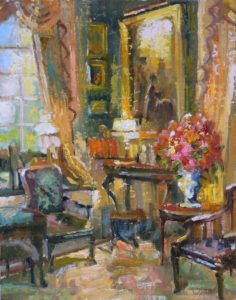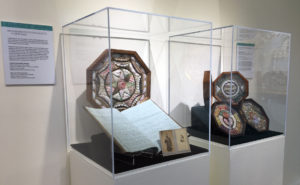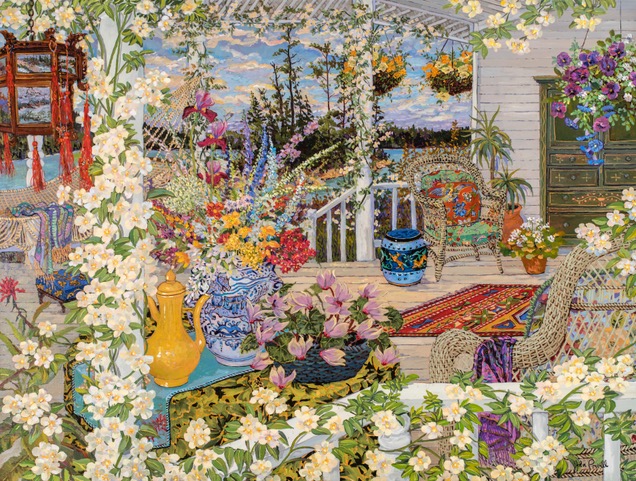
With immense sadness, we share the news that John Francis Powell, at the age of 94, passed away peacefully on Saturday, May 3, 2025, at his home in Santa Ynez, California, with his devoted wife and beloved sons at his side.
He was born on November 28, 1930, in Los Angeles, California, to Marjorie and Jack Powell. A graduate of Hollywood High School, John served in the U.S. Navy from 1950 to 1954, spending two years stationed in Japan.
After returning home, he worked a variety of jobs—at Gladding McBean Pottery, as a greensman in the Hollywood studios, and as an oil painter. During this period, he spent many memorable hours with friends at Barney’s Beanery in West Hollywood, in the company of artists such as Dane Dixon, Ed Kienholz, and John Altoon.
In his late 20s, John was hired by Los Angeles architect George MacLean as his assistant. Together, they traveled the world collecting antiques and artifacts for their projects, experiences that immersed John in visually rich cultures and profoundly influenced his future work as an artist. While working with George, they designed homes for notable figures including Elizabeth Taylor and D.K. Ludwig. John eventually managed MacLean Antiques, where he met his future wife, Wendy, and transitioned into a full-time career as an oil painter.
Much of John’s artwork reflected his travels and the many influences of his earlier life. Over the past 50 years, he created his unique “visions of paradise,” which continue to bring joy to many. He once said:
“I always knew I wanted to be an artist. As I look back at the hours I’ve stood before my easel, facing the miles and miles of blank canvas and attempting to express the visions in my mind, I realize how many people and experiences have shaped the inspiration and focus of each completed canvas. Of course, ‘completed’ is relative… when is a canvas truly completed?”
John was represented by DeVille Galleries in Beverly Hills where he worked alongside his lifelong friend and the namesake of his oldest son, Christian Title. John was also represented by Beacon Fine Arts Gallery in Red Bank, New Jersey, and The Christina Gallery in Martha’s Vineyard, Massachusetts. His work was also exhibited in Japan, where his shows were well attended and warmly received. These opportunities allowed him to establish a successful career and name for himself in the art world.
One of the greatest honors of his artistic life came in 1996, when he was named Artist of the Year by the World Federation of United Nations Associations (WFUNA).
John was a loving husband, devoted father, and cherished grandfather. He leaves behind his beloved wife of 54 years, Wendy; his daughter Jennifer (deceased); two sons Christian and Jesse, their wives Nahrin and Ashley; and four grandchildren—Eli, Mara, Sammy, and Parker—all deeply loved by him.

